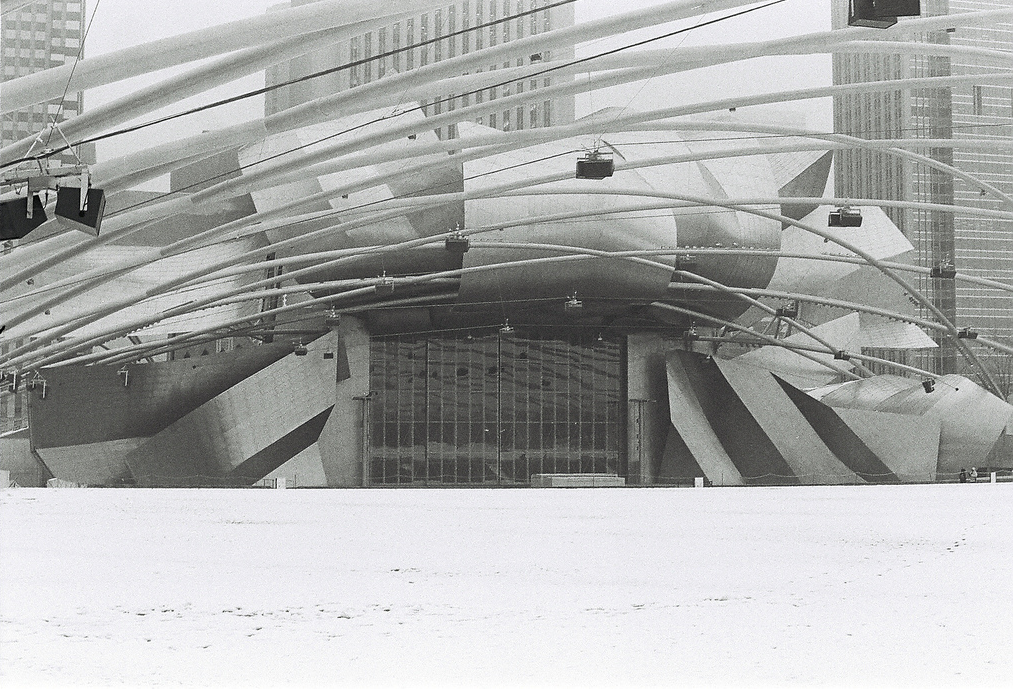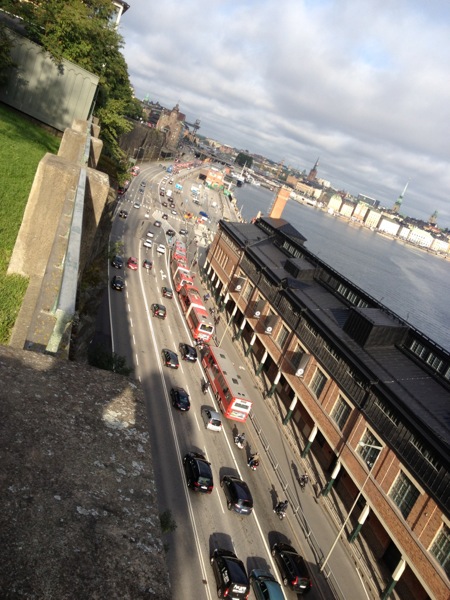En halv miljon till digitalisering av byggbranschen
Kan en fullständig digitalisering av byggprocessen öka produktiviteten och därmed ge ett kraftigt ökat bostadsbyggande? SABO, TechniaTranscat, Svenska Teknik & Designföretagen och Maestro Management har beviljats stöd från VINNOVA för att utforska frågan vidare.
Många branscher har de senaste decennierna fått uppleva hur digitaliseringen ändrat både arbetssätt och resultat. Byggbranschen står nu inför en sådan utveckling. En helt digitaliserad byggprocess ger förutsättningar för ökad automation och nya sätt att arbeta. Nu har projektet beviljats stöd till en förstudie från Vinnova på 500 000 kronor.
Lära av andra branscher som ligger långt före
– Sverige har idag EU:s högsta byggpriser. Detta i kombination med kapacitetsbrist inom branschen och en stor brist på bostäder. Samtidigt så visar rapporter att just byggbranschen ligger långt efter andra industrier när det kommer till produktivitet genom digitalisering, säger projektledaren, Lars Albinsson, Maestro Management.
Mer innovativ byggnation
– Vår hypotes är att digitaliseringen inte bara ger lägre kostnader utan även medger mer innovativ byggnation, säger Lars Albinsson. En digitaliserad byggprocess ger bättre möjligheter att ta fram unika lösningar utan att kostnaderna skenar iväg.
Genom stödet från VINNOVA ska projektgruppen nu se hur produktivitet skulle kunna öka via en digitalisering. Projektet kommer att titta på en helt digitaliserad byggprocess där korskopplingar görs från andra branscher som kommit längre i att nyttja digitalisering.
För vidare information, kontakta:
Lars Albinsson, tel 070-592 70 45, lars.albinsson@maestro.se









